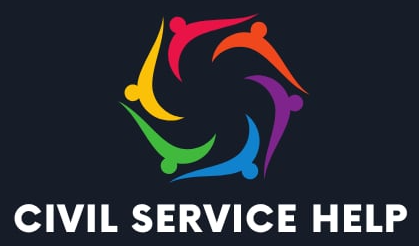WeWrite Research and Consultancy Services Limited
Doing Business Under the Trade Name WeWrite
Rm 409 Beverley Comm Ctr. 87-105 Chatham Rd. South Tsim Sha Tsui Hong Kong
Rm 409 Beverley Comm Ctr. 87-105 Chatham Rd. South Tsim Sha Tsui Hong Kong
©2024. Civil Service Help. All Rights Reserved.

